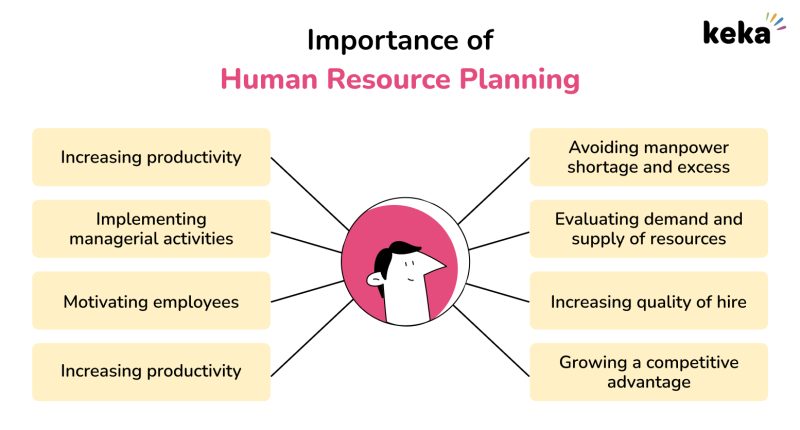What are some examples of diplomatic interventions that have successfully mitigated business risks
Diplomatic interventions have played a crucial role in mitigating business risks in various situations across the globe. These interventions often involve negotiations, conflict resolution, policy advocacy, and fostering favorable business environments. Here are some notable examples:
1. U.S. Diplomatic Intervention in China’s Intellectual Property (IP) Practices
- Situation: U.S. companies operating in China have long faced challenges related to intellectual property theft and forced technology transfers. These issues posed significant business risks, including loss of competitive advantage and financial losses.
- Intervention: The U.S. government, through diplomatic channels, engaged in extensive negotiations with China, leading to the signing of the “Phase One” trade deal in January 2020. The agreement included commitments from China to improve its IP protection, including increased enforcement against counterfeiting and better mechanisms for dispute resolution.
- Outcome: This intervention helped mitigate the risks U.S. businesses faced in China by creating a more secure environment for IP, reducing the likelihood of technology theft, and improving overall business conditions.
2. European Union’s Role in Resolving Brexit-Related Trade Uncertainty
- Situation: The uncertainty surrounding Brexit posed significant risks to businesses operating between the UK and the EU, including potential disruptions in supply chains, regulatory divergence, and tariffs.
- Intervention: The European Union and the UK engaged in prolonged diplomatic negotiations to reach the Trade and Cooperation Agreement (TCA), finalized in December 2020. The TCA established terms for trade, security, and other critical areas, ensuring tariff-free trade for most goods and minimizing regulatory disruptions.
- Outcome: This agreement mitigated the risks associated with a no-deal Brexit, providing businesses with greater certainty and stability in their operations, thus preserving cross-border trade and investment flows.
3. Diplomatic Efforts in the U.S.-Mexico-Canada Agreement (USMCA)
- Situation: The renegotiation of NAFTA, led by the Trump administration, created uncertainty and potential risks for businesses operating in North America. Key issues included potential tariffs, changes in rules of origin for the automotive sector, and concerns over labor standards.
- Intervention: Through extensive diplomatic negotiations involving the U.S., Mexico, and Canada, the USMCA was signed in 2018, replacing NAFTA. The agreement updated trade rules, improved labor and environmental standards, and provided clearer guidelines for digital trade and IP protection.
- Outcome: The USMCA reduced business risks by maintaining the free trade zone across North America, providing updated and clear regulations that benefit businesses across the three countries.
4. Diplomatic Resolution of the Iran Nuclear Deal (JCPOA)
- Situation: Sanctions on Iran due to its nuclear program had led to significant business risks for companies operating in or with Iran, particularly in the energy sector. These sanctions restricted trade, financial transactions, and investment.
- Intervention: In 2015, diplomatic efforts by the P5+1 countries (the U.S., UK, France, Russia, China, and Germany) resulted in the Joint Comprehensive Plan of Action (JCPOA), which lifted many of the economic sanctions on Iran in exchange for restrictions on its nuclear program.
- Outcome: The lifting of sanctions opened up opportunities for international businesses to enter the Iranian market, particularly in oil, gas, and automotive industries, thereby reducing the risks and barriers previously imposed by the sanctions.
5. Mediation in the South China Sea Disputes
- Situation: Territorial disputes in the South China Sea involving China, the Philippines, Vietnam, and other Southeast Asian nations created risks for businesses, especially in the energy and shipping sectors, due to potential conflicts and legal uncertainties.
- Intervention: Diplomatic efforts by ASEAN, supported by international actors like the United States and the United Nations, focused on creating a Code of Conduct to manage tensions and ensure freedom of navigation. These efforts included back-channel negotiations and confidence-building measures.
- Outcome: Although the disputes are ongoing, these diplomatic interventions have prevented large-scale conflict and ensured that businesses can continue operating in the region without major disruptions, maintaining the flow of international trade and energy supplies.
6. U.S. Sanctions Relief for Sudan
- Situation: For years, U.S. sanctions on Sudan due to its support for terrorism and human rights violations severely restricted business operations, particularly in banking, trade, and investment.
- Intervention: Diplomatic efforts, particularly under the Obama and Trump administrations, led to a gradual lifting of sanctions starting in 2017, as Sudan made strides in cooperating on counterterrorism and improving its human rights record.
- Outcome: The lifting of sanctions opened up opportunities for international businesses to re-enter the Sudanese market, particularly in agriculture, telecommunications, and energy sectors, reducing the risks associated with sanctions and economic isolation.
7. Diplomatic Resolution of the Russia-Ukraine Gas Dispute
- Situation: Disputes between Russia and Ukraine over gas supplies in the mid-2000s led to supply disruptions that affected several European countries, posing significant risks for energy security and businesses reliant on stable energy supplies.
- Intervention: The European Union played a key diplomatic role in mediating negotiations between Russia and Ukraine, leading to agreements that restored gas supplies and established more transparent pricing mechanisms.
- Outcome: These diplomatic efforts mitigated the risks of energy shortages and ensured a stable supply of natural gas to Europe, which was crucial for industries and consumers across the continent.
8. Japan-South Korea Trade Dispute Resolution
- Situation: In 2019, Japan imposed export controls on key materials used in South Korea’s semiconductor industry, escalating tensions between the two countries and creating risks for global tech supply chains.
- Intervention: The United States, along with international organizations and other stakeholders, facilitated diplomatic dialogues between Japan and South Korea, encouraging both sides to seek a resolution through negotiation rather than escalating the trade conflict.
- Outcome: Although tensions remain, these diplomatic interventions have helped stabilize the situation, preventing further escalation and ensuring that supply chains in critical industries like technology and electronics are not severely disrupted.
9. The African Continental Free Trade Area (AfCFTA) Negotiations
- Situation: The fragmented trade policies across Africa created barriers for businesses, limiting intra-African trade and economic growth.
- Intervention: African Union (AU) member states engaged in extensive diplomatic negotiations to establish the African Continental Free Trade Area (AfCFTA), which was signed in 2018 and officially launched in 2021.
- Outcome: AfCFTA has created the largest free trade area in the world by the number of countries, reducing trade barriers, harmonizing regulations, and providing businesses with new opportunities across the African continent, significantly mitigating the risks associated with fragmented markets.
10. Diplomatic Efforts to Resolve the U.S.-China Trade War
- Situation: The U.S.-China trade war, which began in 2018, led to increased tariffs and trade barriers, creating significant risks for businesses operating between the two largest economies in the world.
- Intervention: Diplomatic negotiations between the U.S. and China, including multiple rounds of talks, resulted in the Phase One trade deal in January 2020. This agreement eased some of the tariffs and addressed issues like intellectual property and agricultural trade.
- Outcome: The agreement reduced immediate risks for businesses affected by the trade war, providing some relief in tariffs and opening up more stable conditions for trade and investment between the two countries.
Conclusion
Diplomatic interventions have been instrumental in mitigating business risks in various global contexts. These interventions often involve complex negotiations and require balancing economic interests with political and strategic considerations. When successful, they provide businesses with greater certainty, stability, and opportunities in international markets.






